#japanese artist and printmaker
Explore tagged Tumblr posts
Text
Yoshida Tōshi
1911 - 1995

#yoshida tōshi#artist painter#original art#japanese artist painter#woodblock print#styl japan art#japanese artist and printmaker#art japanese#art#sai aeko#huyiro raiko#shukiso suang#xpuigc#xpuigc bloc
12 notes
·
View notes
Text
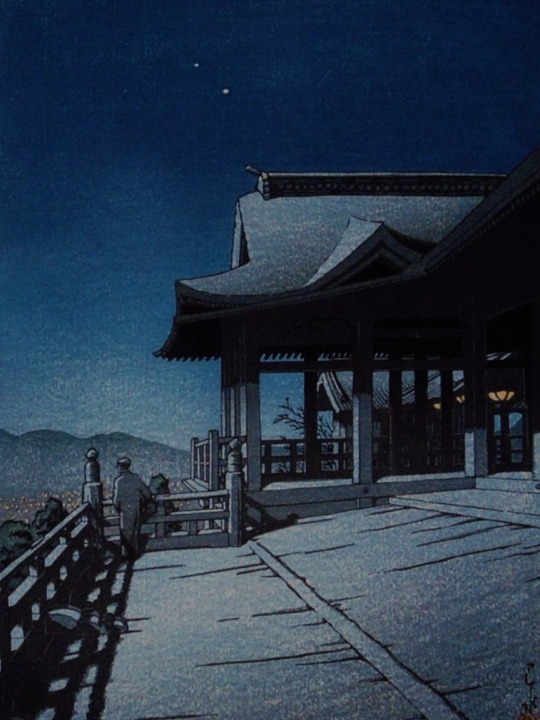
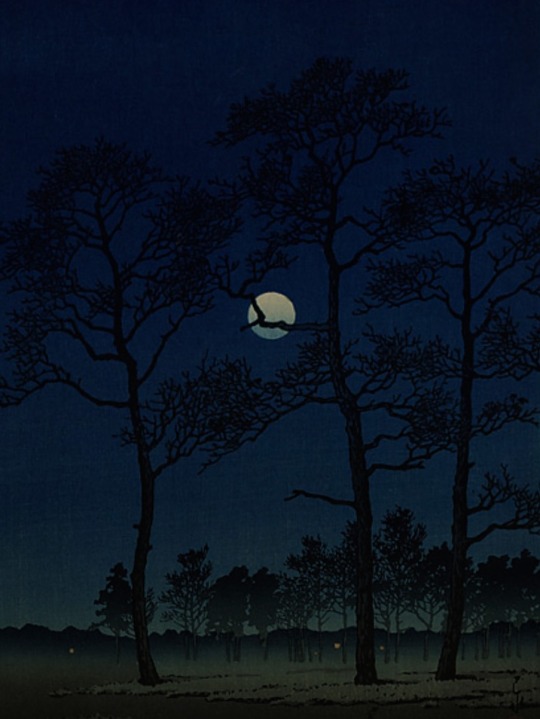


Hasui Kawase.
#Hasui Kawase#japan aesthetic#japan#artist aesthetic#artistic#artist#printmaker#print#art print#alternative#aesthetic#dark academia#dark academic aesthetic#dark aesthetic#aestheitcs#dark#art#light acadamia aesthetic#light academia#japanese
2K notes
·
View notes
Text

Kawase Hasui (1883-1957)
Autumn in Oirase
1933
#kawase hasui#hasui#woodblock art#japanese woodblock#woodblock#woodblock print#print#autumn#autumn leaves#japanese print#japanese artist#japanese art#japanese prints#art print#japanese print maker#printmaking#oirase
611 notes
·
View notes
Photo
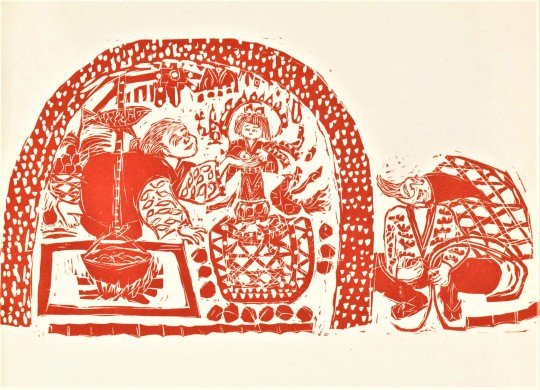
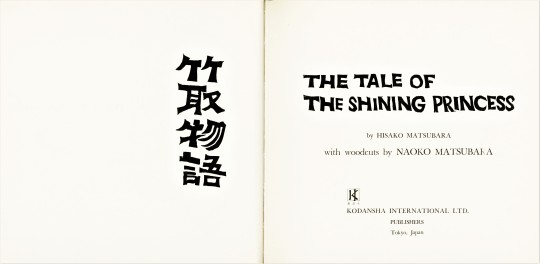
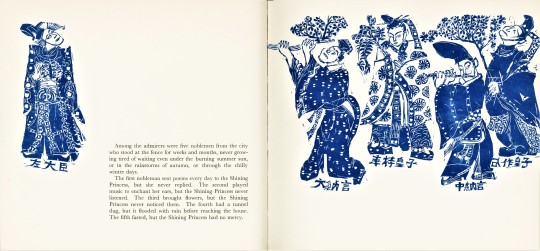

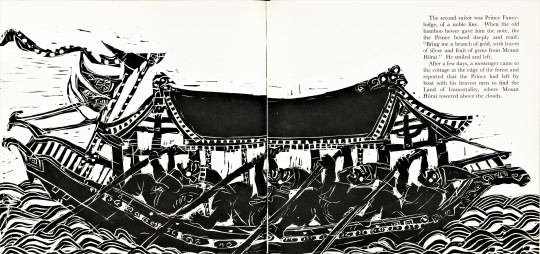
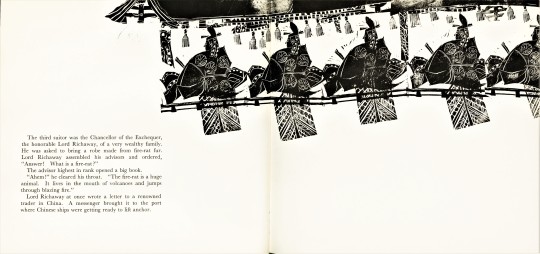
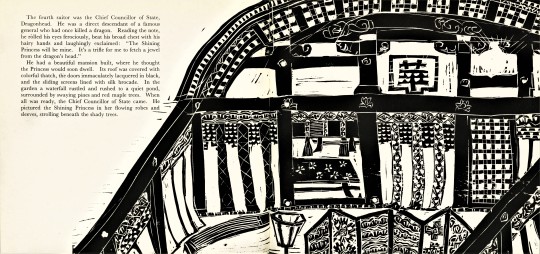
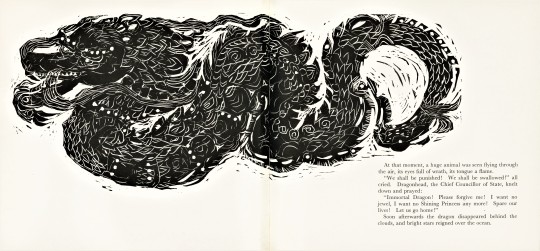
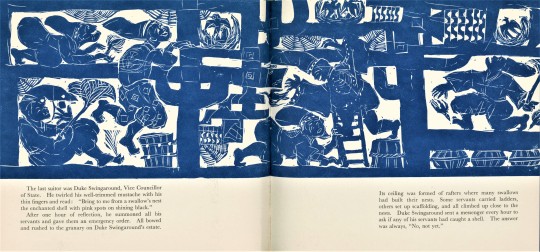
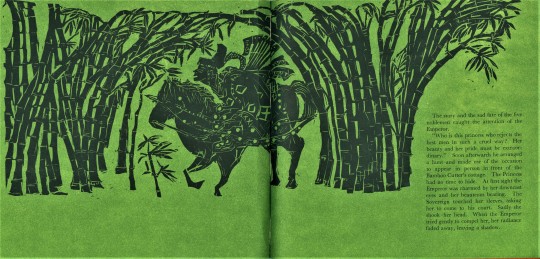
Staff Pick of the Week
My staff pick this week is the trade edition of The Tale of the Shining Princess by Japanese-born writer Hisako Matsubara (b.1935) and Japanese-Canadian artist-printmaker Naoko Matsubara (b.1937), published by Kodansha International LTD. Tokyo, Japan in 1966.
As a artist-printmaker and bookmaker who makes woodcuts, I am greatly inspired by Naoko’s prints. Naoko Matsubara’s work carries on traditions of Japanese printmaking while having its own contemporary flavor. Her woodcuts are ecstatic, they are vibrating with movement. Her use of bold shapes and the white line of the the carving tool makes the most of what woodcut has to offer. In the book form, the active images carry the reader’s eyes through the book space. Her use of negative space activates the page. Additionally, her woodcuts have translated beautifully to commercial printing.
The Matsubara sisters are daughters of a senior Shinto priest, and were raised in Kyoto. Both studied, lived, and worked in the United States. Hisako received her Master of Arts degree from Pennsylvania State College, moving to Germany where she continued her studies and became a prominent writer, publishing her work in Japanese, English, and German. In the 1980s she moved back to the United States, this time to California where she worked at Stanford University.
Naoko received her Master of Fine Arts from Carnegie Institute of Technology in Pittsburgh, now Carnegie Mellon University. After her studies she traveled across Europe and Asia. She returned to the United States and became the personal assistant to the artist and wood engraver Fritz Eichenberg, an artist who has been featured many times on our blog. Naoko taught at Pratt University in New York and at the University of Rohde Island. She also lived in Cambridge, Massachusetts for a time. Naoko is currently living and working in Canada in Oakville, Ontario, where she continues to work and exhibit nationally.
The work of both Hisako and Naoko have had great influence inside the United States and around the world. So lets celebrate their accomplishments!
This book has end sheets of mulberry paper with inclusions of Bamboo leaves, the cover is a red textured paper with a gold stamped design by Naoko.
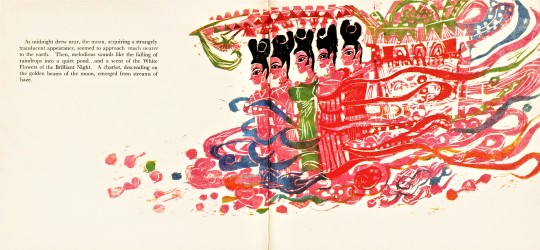


View some of our other AAPI selections for this month.
View our other Staff Picks.
- Teddy, Special Collections Graduate Intern
#staff pick of the week#The Tale of The Shining Princess#hisako matsubara#naoko matsubara#Japanese artists#Japanese writers#Japan#AAPI Hertitage Month#Asian American and Pacific Islander Heritage Month#AAPI#canadian artists#trade edition#Matsubara#woodcuts#printmaking#color printmaking#fiction#stories#teddy
426 notes
·
View notes
Text
Fumi Yanagimoto
Japanese artist printmaker

#fumi yanagimoto#Japanese artist printmaker#japanese artist painter#art#original art#japanese art#illustration art#poster design#art style#artist painter#japanese woodblock print#art work#art colors#octopussy#sai aeko#xpuigc#xpuigc bloc
17 notes
·
View notes
Text


Found some beautiful Totoya Hokkei prints at a Paris flea market.
11 notes
·
View notes
Note
(㇏(•̀ᵥᵥ•́)ノ)
🩸🩸🩸🩸

#happy birthday japanese artist and printmaker katsushika hokusai#and sleepy halloween to everyone else 🎃🎃🎃#bungou stray dogs#bsd#dazai#bsd fanart#my questionable art
32 notes
·
View notes
Text

Hiroshi Yoshida
Fishes of Honolulu (Honolulu Suizokukan). 1925
42 notes
·
View notes
Text
A real time print pull!
I hope you can see just how thin this paper is, because it’s insane. Ten gsm is definitely a bit too thin a paper for my taste, but the paper was bought so it’s getting used.
Each copy of this print is taking me about an hour to transfer since I’m doing it by hand with varying tools and pressures- all change in ink color/value are due to whatever tool I used in each spot. My go-to tools right now, in order from lightest to darkest transfer, are a speedball print baron, a wooden print baron, a wooden spoon, and a bone folder. My bone folder specifically is my precious little baby that probably has way too much sentimental value already attributed to it.
#relief print#printmaking#bird art#animal art#bird artist#art#unique prints#art print#print production#linocarving#linoart#linoleum#gampi#japanese paper
8 notes
·
View notes
Text

Matsubara Naoko (b 1937), Conservatory II, block 1962, print 2007
woodblock print on paper, H: 22 in. x W: 28 in. (55.88 x 71.12 cm)
6 notes
·
View notes
Text
Honjō Shigenaga Parrying an Exploding Shell
Utagawa Kuniyoshi
1798-1861

#utagawa kuniyoshi#artist painter#original art#japanese artist painter#woodblock print#japanese artist and printmaker#art#raiko huyiro#huyiro raiko#shukiso suang#sai aeko#ooctoopussy#xpuigc#xpuigc bloc
10 notes
·
View notes
Text



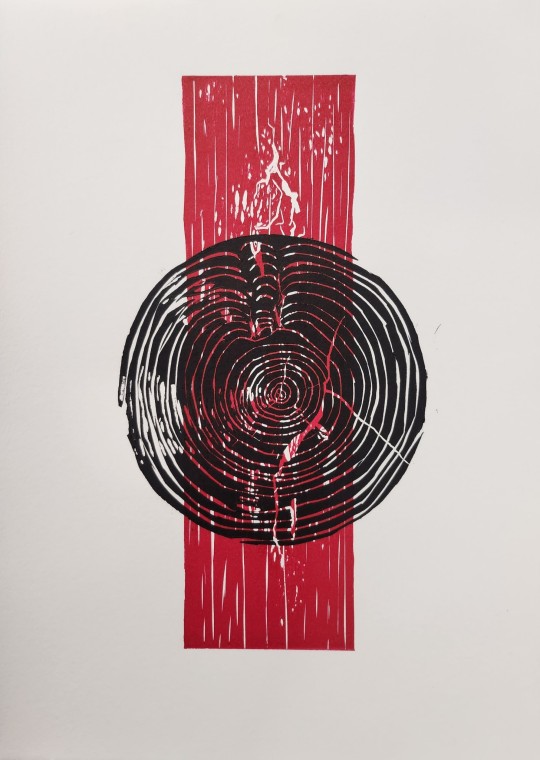

Selection of lino and Japanese vinyl designs I've been working on. I'm planning on using the plates to press into clay to combine printmaking with ceramics.
#linoprint#Japanese vinyl print#contemporaryartist#tree#abstract art#art#northern irish artist#printmaker#treebark#tree rings
8 notes
·
View notes
Text

Koho Shoda 庄田耕峯
Moonlit Sea
ca. 1930s
#koho#koho shoda#japanese woodblock#woodblock artist#woodblock print#woodblock art#japanese woodblock tradition#modern woodblock#japanese art#japanese prints#japanese artist#modern art influence#modern art history#japanese art history#art history#asian art#asian art history#asian printmaking#showa japan#showa print#showa art#1930s art#1930s#japanese beauty#moonlight#sea view#boats#boating#nightscape#japanese seascape
171 notes
·
View notes
Text

Some of my personal artwork in process
#art#illustration#artist of tumblr#artist#printmaking#printmakers on tumblr#reliefprint#woodblock printing#japanese woodblock print#mokuhanga print#mokuhanga
9 notes
·
View notes
Text



"FOREVER " Original etching. Aquatint, Size: 11,6"x11,6"
#printmaking#my artwork#my art#artist vitali#estampe#gravure.#ething#copperplate#etching#drypoint#aquatint#fineart#japanese girls
6 notes
·
View notes
Text
Shin-hanga.
Shin-hanga, or “new prints,” represents a revival of traditional Japanese woodblock printing techniques in the early 20th century. I’ve always been drawn to this art form for its stunning beauty and the stories it tells.
Shin-hanga artists, influenced by Western art styles, combined traditional Japanese aesthetics with modern techniques. The result is a unique blend that captures the essence of Japan’s landscapes, people, and culture.
Each print is not just a visual feast; it also reflects the artist’s perspective, showcasing Japan’s rich cultural heritage. Studying shin-hanga allows us to appreciate the intricacies of printmaking while also understanding the socio-cultural context in which these works were created.
#Shin-hanga#Japanese Art#Woodblock Printing#Traditional Techniques#Modern Art#Japanese Aesthetics#Printmaking#Cultural Heritage#Art History#Ukiyo-e#Artistic Expression#Japanese Landscapes#Portraiture in Art#Art Movements#Print Collecting#Artists of Shin-hanga#Visual Storytelling#Art Techniques#Japanese Culture#Fine Arts#today on tumblr#new blog
1 note
·
View note